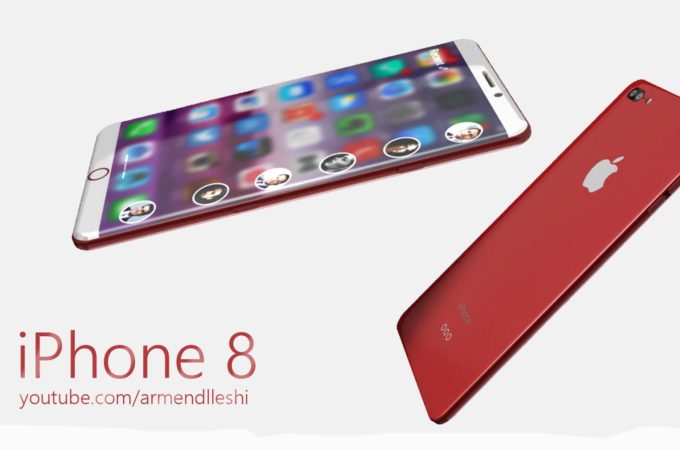As the major news coverage takes care of the Galaxy S8 Plus, we address the iPhone 8 Plus, via a




new concept. Designer Armend has envisioned both the iPhone 8 and iPhone 8 Plus, the latter also dubbed iPhone 8 Edge here. So let’s see what’s new to the table.
First of all, we’ve got the iPhone 8, moving up to a 5 inch curved edge screen with a Full HD resolution. It has the brand new Apple A11 processor, 3 GB of RAM and a Smart Connector, which we actually expected on the iPhone 7 Plus last year. The device is 6.7 mm thin and weighs 115 grams. It has an 8 megapixel front camera and a 16 megapixel back shooter with 4K video recording. There’s also wireless charging and a 2500 mAh battery in the mix.
A fingerprint scanner has been included, plus everything fits into the same body as the iPhone 7 and 6s, in spite of the bigger screen. With the smaller iPhone done, we move to the bigger one, the iPhone 8 Plus, that has a 5.8 inch screen, of the “Edge” variety. This is a Quad HD screen and specs include 4 GB of RAM, 32, 64, 128 or 256 GB of storage and a 6.8 mm thin waistline.
No comments :
Post a Comment